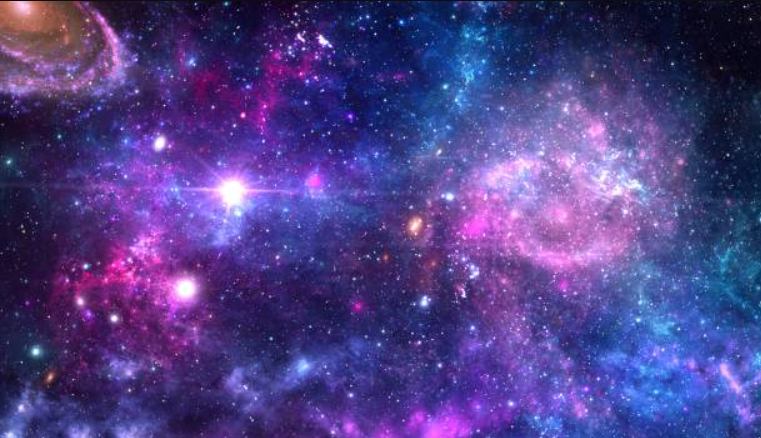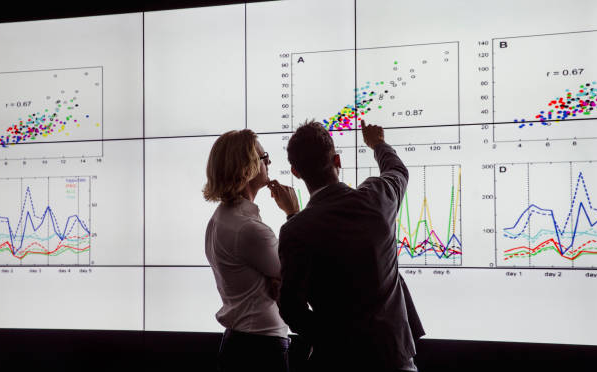 You may find it novel, or even unbelievable, but the Galaxy S23 Ultra’s ability to take detailed moon photos is one of its most hyped features. I’m talking about craters, and other details the average smartphone can’t capture. Samsung will likely make the next logical step with the looming release of a successor smartphone.
You may find it novel, or even unbelievable, but the Galaxy S23 Ultra’s ability to take detailed moon photos is one of its most hyped features. I’m talking about craters, and other details the average smartphone can’t capture. Samsung will likely make the next logical step with the looming release of a successor smartphone.
Astrophotography is a hobby I started several months ago. I can’t tell you how rewarding this has been. Since then, on nearly every clear evening I have used my smart telescope to view galaxies or nebulas my eyes alone cannot see. Samsung’s Galaxy S24 Ultra could be the first smartphone to be able -to capture nebulas or galaxies.
The best smartphones can capture stunning images of astrophotography thanks to improvements in image processing. I know this because I recently pitted the top flagships against each other in an astrophotography competition. These phones could only capture faint stars, not the galaxies that I can see with my smart telescopes.
How the Samsung Galaxy S24 Ultra can go beyond its normal capabilities
Telephoto zoom to get closer
To capture those distant deep space objects, you need to be as close as possible. Galaxy S24 Ultra camera rumors suggest a “quad-telephoto” system, with zoom ranges 2x, 3x 5x and 10x. This is the most crucial because it will allow the best quality image, even with digital zoom.
This same leaked specification sheet indicates that the Galaxy S24 Ultra will also have a 100x space zoom function, which is the range of zoom needed to see the finer details in galaxies and other nebulas. The biggest question is whether the second telephoto lens will be a 10x optical Zoom or “downgraded”, to a 5-x optical Zoom.
I hope this is not the case. Samsung prides itself on using the highest quality components in their devices. Even if the 5x telephoto is “downgraded”, Samsung can still achieve the same performance as a 10x optical camera.
Artificial intelligence powers the stacking function
Samsung will likely rely on artificial intelligence to close the gaps. Samsung has been hinting at the capabilities of Galaxy AI since a while now. I think that AI can be used with astrophotography in order to discover those galaxies.
Astrophotography uses a technique called stacking. This involves layering multiple photos on top of one another. You may have noticed that when you take photos in low-light conditions, your phone’s camera will often switch to a “night mode” where it takes longer exposures. The result is a brighter picture, but the camera must remain as still as possible.
The Galaxy S24 Ultra would need to be mounted on a tripod to capture the details of galaxies, nebulas, and gasses. AI will stack images as it takes multiple shots of the DSO (deep-space object) that you are capturing. It will also go through each image to remove noise and other anomalies that may occur during a long exposure.
The above image was captured with the Unistellar eQuinox 2, a smart telescope. It took me more than an hour, and then a few minutes to edit the raw images. It takes a long time to take a single photo, don’t you think? Samsung’s Galaxy S24 Ultra could reduce that time.
The most powerful chip for astrophotography
All of this would require a lot of processing power. The Snapdragon 8 Gen 3 that is expected to power S24 Ultra may be able to handle it. It was designed with AI in the mind. This means that it may be able to do a smart job of stacking and cleaning images.
Astrophotography is a very complex process. After completing a sequence of shots (which can take several hours), the smart telescopes that I use for astrophotography require some time to do a proper stacking. Each and every captured image would need to be processed in order to achieve the best results.
All of these could be a convincing reason for the Galaxy S24 Ultra retaining the top spot in our list of the best camera phones. I suspect artificial intelligence will be the key component that allows this Galaxy phone finally capture galaxies.
Samsung is investing heavily in artificial intelligence, which will power many new experiences on the Galaxy S24. Take for example, the Samsung Gauss AI Image Generating Model, which would be a device feature that generated images based upon your input. This could be integrated into the way phones deal with astrophotography to improve editing and cleaning of images.
We won’t be waiting long, now that Samsung Galaxy Unpacked 2020 has an official release date of January 17th. While I am excited to see Samsung’s flagship smartphone, the Galaxy S24 Plus and Galaxy S24, it’s likely that we will also get a glimpse of the other models. We’ll find out soon what these phones are capable of.








